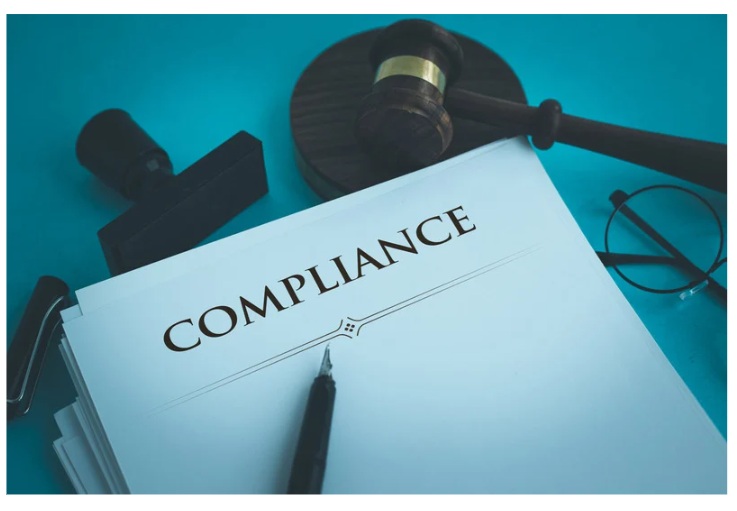
Seven Essential Insights Before
Embarking on a CMMC Gap Analysis
Introduction: The Cybersecurity Maturity Model Certification (CMMC) represents a paradigm shift in the Defense Industrial Base’s (DIB) approach to cybersecurity, intertwining national security interests with the defense supply chain’s integrity. As organizations brace for CMMC compliance, the gap analysis emerges as a critical preparatory step—a beacon guiding through the complexities of alignment with the CMMC framework. However, diving into gap analysis without a nuanced understanding could lead to missteps, inefficiencies, or oversights. Here are seven essential insights every organization should consider before embarking on a CMMC gap analysis journey, paving the way for a more informed, strategic, and successful path to compliance.
1. Grasp the Full Spectrum of CMMC Levels
Before initiating a gap analysis, it’s imperative to understand the CMMC framework’s structure, which spans five levels of cybersecurity maturity. Each level builds upon the previous, with Level 1 focusing on basic cyber hygiene and Level 5 targeting advanced and progressive cybersecurity practices. This comprehension is crucial as it informs the depth and breadth of your gap analysis, ensuring it is appropriately scoped to meet your organization’s specific certification goal.
2. Identify and Classify Controlled Unclassified Information (CUI)
The cornerstone of your CMMC certification journey is the identification and classification of Controlled Unclassified Information (CUI) within your organization. Understanding the types of CUI you handle, process, or store will determine the required CMMC level, significantly influencing the scope and focus of your gap analysis. This insight ensures that your gap analysis is not just a general review but a targeted assessment aligned with your organization’s specific CMMC obligations.
3. Comprehend the Scope of Your Cybersecurity Ecosystem
A thorough gap analysis necessitates a holistic view of your organization’s cybersecurity ecosystem. This includes all information systems, networks, and digital assets, as well as physical security measures. Recognizing the scope of this ecosystem allows for a comprehensive analysis that accounts for all potential vulnerabilities, ensuring no aspect of your cybersecurity posture is overlooked.
4. Decide Between Internal and External Gap Analysis Execution
Choosing who will conduct the gap analysis is a pivotal decision. While internal teams may offer deeper institutional knowledge and potentially lower costs, external consultants bring objectivity, specialized expertise, and experience in CMMC compliance. Weighing the benefits of each approach in the context of your organization’s resources, expertise, and specific needs is essential for making an informed decision.
5. Prioritize Documentation and Evidence Collection
A successful CMMC gap analysis—and subsequent certification—relies heavily on the availability and organization of relevant documentation. This encompasses policies, procedures, and evidence of implemented cybersecurity practices. Prioritizing the collection and review of this documentation before starting your gap analysis can streamline the process, ensuring that you have a clear, documented baseline of your current cybersecurity posture.
6. Engage Stakeholders Across the Organization
The effectiveness of a gap analysis extends beyond the cybersecurity or IT departments. Engaging stakeholders across various departments ensures a multidimensional perspective, capturing the full spectrum of cybersecurity practices and challenges within your organization. This collaborative approach not only enriches the gap analysis but also fosters a culture of cybersecurity awareness and compliance throughout the organization.
7. Anticipate Remediation Costs and Resource Needs
Embarking on a gap analysis with an understanding of the potential remediation costs and resource requirements is critical. This foresight enables effective budgeting and resource allocation, ensuring that your organization is prepared to address identified gaps promptly and efficiently. Anticipating these needs early in the process can prevent budgetary surprises and resource constraints down the line, smoothing the path to compliance.
Conclusion: Embarking on a CMMC gap analysis is a significant undertaking that lays the groundwork for achieving and maintaining CMMC compliance. Armed with these seven insights, organizations can navigate this process with greater confidence, clarity, and strategic foresight. The gap analysis is not merely a compliance exercise but an opportunity for organizations to critically assess and enhance their cybersecurity frameworks, making meaningful improvements that extend beyond CMMC certification. By embracing a thorough, informed approach to gap analysis, organizations not only pave the way for successful CMMC certification but also strengthen their cybersecurity defenses, ensuring resilience against evolving threats in the digital age. This proactive stance on cybersecurity compliance underscores an organization’s commitment to national security, operational integrity, and the safeguarding of sensitive defense information—principles at the heart of the CMMC initiative.
Contact Cyber Defense Advisors to learn more about our CMMC solutions.





